Dairy farming is a branch of agriculture that involves the breeding, rearing, and use of dairy animals, mainly cows, for milk production and various dairy products derived from it. Dairy farming is the process of raising native animals such as cows, goats, buffaloes, and other livestock and using their milk to feed humans. Denmark is the ideal country for dairy production. Climate and soil conditions in Denmark provide excellent conditions for dairy cattle farming.
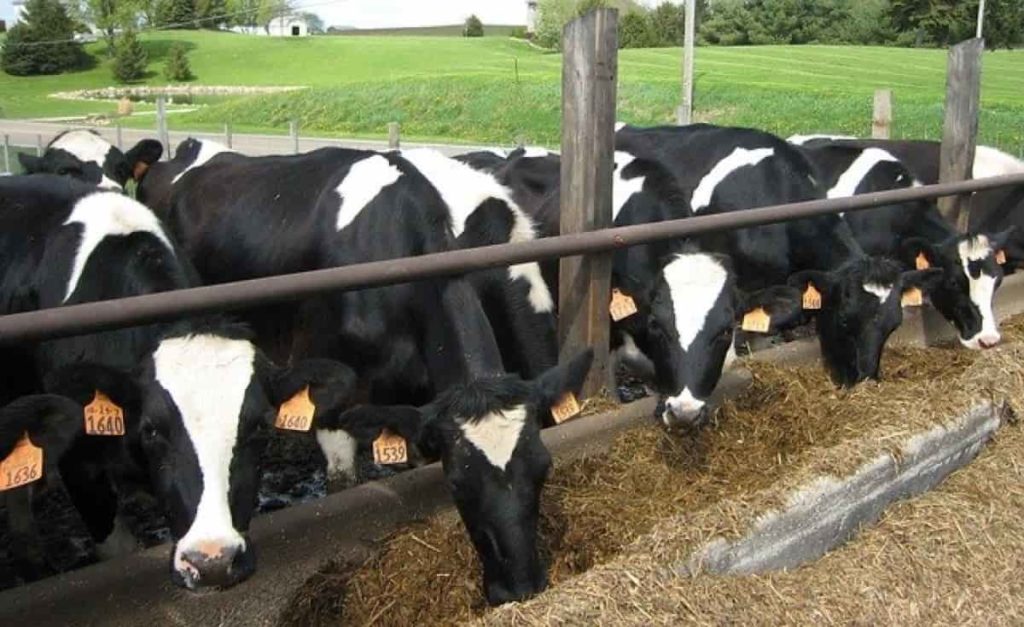
Rainfall is evenly distributed throughout the year, and the soil is very fertile. As a result, dairy cattle have been raised in Denmark for centuries, and milk, butter, and cheese have become a natural part of the Danish diet. The farmers committed to supplying their entire milk production to the dairy in return for claiming profit according to their milk supply. Let’s check out more info on dairy farming in Denmark.
Milk production in Denmark
Denmark has annual milk production of about 5.66 billion kg and an export income of 19.9 billion. The Danish dairy industry accounts for more than 20% of all agricultural exports in Denmark. The Danish dairy industry consists of the international dairy group Arla Foods and 30 small dairy companies, which process 4.7 billion kilograms of milk from a total of 61 production plants in Denmark.
Like the processing sector, Danish milk producers have seen tremendous structural changes, with production now taking place on much smaller farms. Exports of dairy products, especially cheese, preserved dairy products, and butter, account for more than 20% of all Danish agricultural exports. Today, the Danish dairy exports to a total of 150 countries, where the products are known for their high quality and food safety.
It all starts with the raw material being milk. The Danish dairy cow produces 5.6 billion kilograms of milk annually, which is about 1,000 kilograms per capita. If you want to headline Danish milk and dairy production, this could be the performance. The Danish dairy farm has an average of 210 dairy cows and it is one of the largest countries in the European Union.
Dairy breeds in Denmark
Types of animals kept are Danish Red (traditional cow), Danish Holsteins, Friesian, Ayrshire, Jersey, Guernsey, and Alderney.
In case you miss this: Top 50 Dairy Farming Tips, Ideas, and Techniques
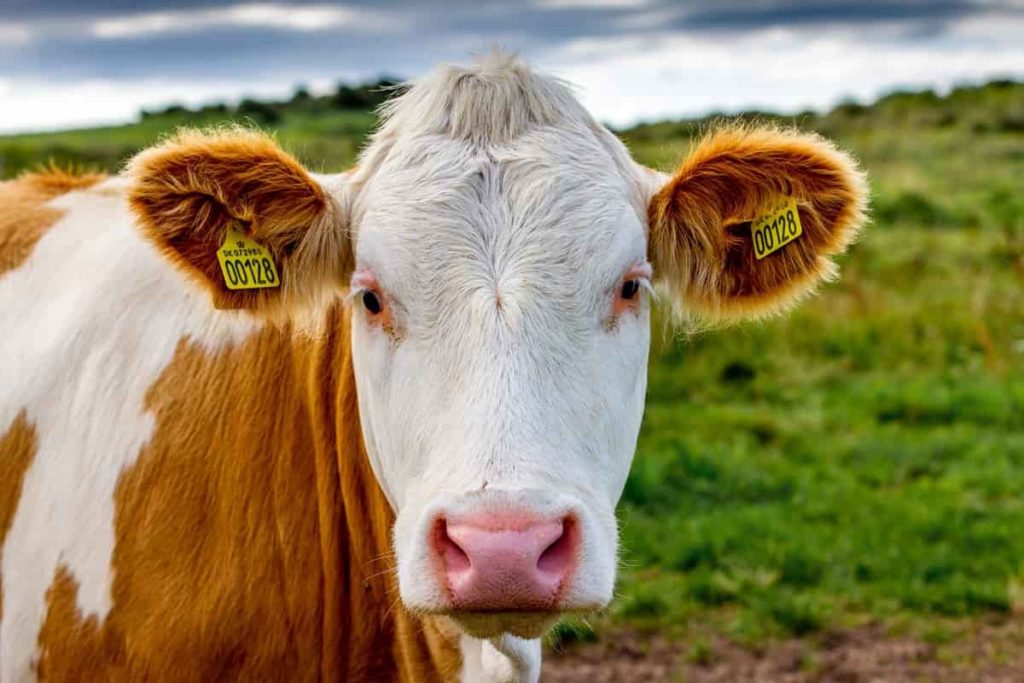
Danish Holsteins
Danish Holstein cattle represent more than 70.6% of the Danish dairy cow population.
Red Danish
The key to red Danish milk is high protein production, strong cows, longevity, and good productivity. Henrik Hovman, manager of a dairy farm in Denmark. He has about 180 red Danish cows on the farm. And that’s the most important thing on this farm; it’s the cows. Therefore, each cow produces an average of 8000 liters of milk every year.
Danish Jersey
This breed has focused on higher production of butterfat and milk protein. This is a modern Danish breed of dairy cattle. It is the largest Jersey cattle population in Europe and accounts for about 13% of the Danish dairy herd. Danish jerseys are shorter than other dairy breeds (115-120 cm tall). They are fawn in color with white markings and are not uncommon.
The colors of the coat will vary from light to dark brown, almost black. Dark brown colors can be found on their extremities (nose, feet, ears, and tail). A cow can weigh about 350-425 kg while a bull can weigh about 500-600 kg.
Trends in dairy dairy farming in Denmark
The development of the Danish dairy industry was guided by a series of interactions between farmers, the public and private sectors, and the market. Farmers’ decision about the direction of the export-focused market serves as the basis. The feasibility of an export-oriented market depends on appropriate international trade policies, including favorable import and export policies.
In case you miss this: Dairy Farming Loan Subsidy, Schemes In Tamil Nadu
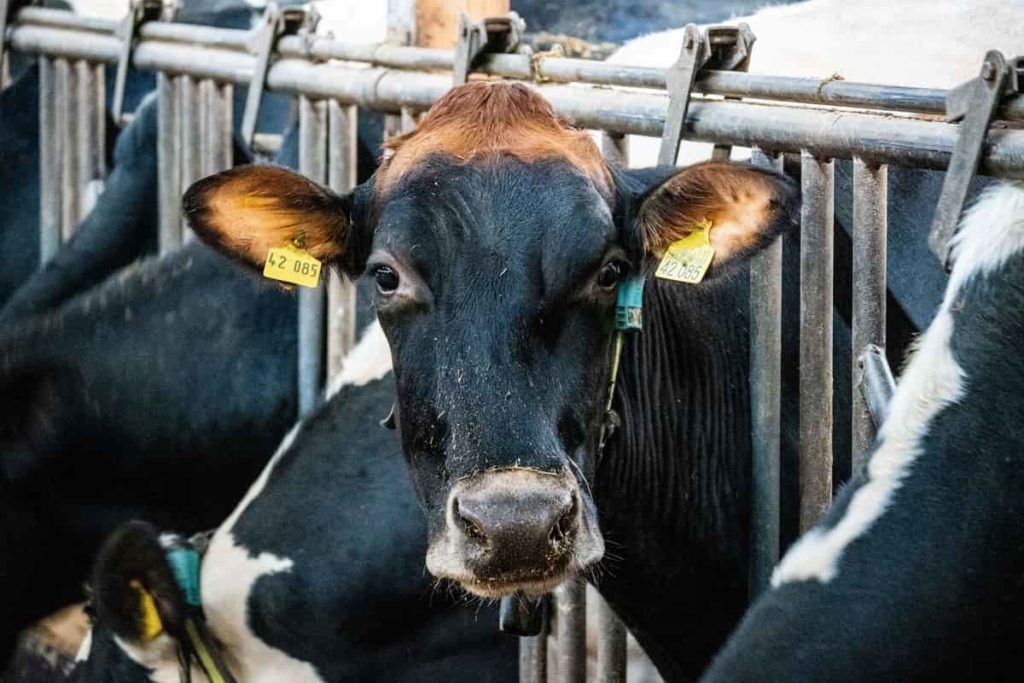
The export-oriented market required standardization for production, which created the need for oversight capabilities. Standardization policies, academic institutions and the information they generate, and technological innovation have improved monitoring capabilities, resulting in increased standardization. Changes in production were easy (the favorable pastoral system), and the invention of more efficient technologies made the transition to dairy easier.
Some examples include milk centrifuges, milking machines, and butterfat gauges. Continuous milk centrifuges provide a more efficient, hygienic, and faster way to skim milk, producing cheaper and higher quality milk fat. The milking machines exceeded the limit of manual milk extraction. Soon, machines were developed that quickly measured the butterfat percentage, which was important for enforcing product standards. However, access to and toleration of this dairy processing equipment was a major obstacle for many farmers.
Technologies were expensive and individual farmers lacked the capital to invest in the manufacturing process. This co-operative movement was made possible because of the conditions necessary for co-operative success in Denmark. Combining these new technologies and knowledge, Denmark has consistently gained a reputation as a producer of high-quality butter. Danish butter became the standard for gold. Other countries soon took over, but Danish butter remained popular, and Danish farmers-maintained price premiums in England for decades.
In case you miss this: Dairy Farming Courses, Fees In India Information
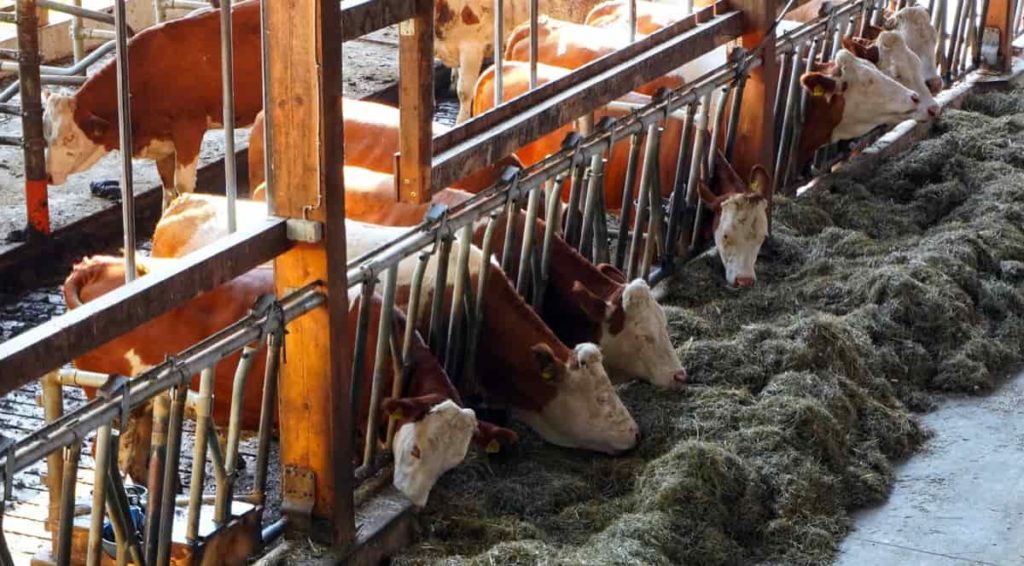
Some farmers sought a different future and switched to organic farming. Although initially not compatible with Danish agriculture, changes in organic dairy standards in the 1980s brought synergies between organic and traditional dairy. Organic farming is fast becoming mainstream, especially within the dairy sector. Today, more than 10% of the dairy farms in Denmark are organic.
Dairy companies in Denmark
- Arla Foods
- Asaa Andelsmejeri
- Barrit Mejeri
- Bornholms Andelsmejeri
- Fayrefield Foods A/S
- Grøndal Mejeri v/Uhrenholt A/S
- Gundestrup Mejeri og Bryghus
- Ingstrup Mejeri
- JBJ Ost
- Thise Mejeri, etc.
Factors affected by dairy farm expansion
The limit of expansion of Danish Dairy Farming is not only geographical: high production cost and the investment involved also pushes the dairy herd owners almost to the extent that they are in terms of efficiency and effectiveness. High cost of buying a farm – In recent years, structural changes to large farms have become more marked in Denmark than in many other lands.
In case you miss this: Organic Dairy Farming Facts, Business Plan Guide
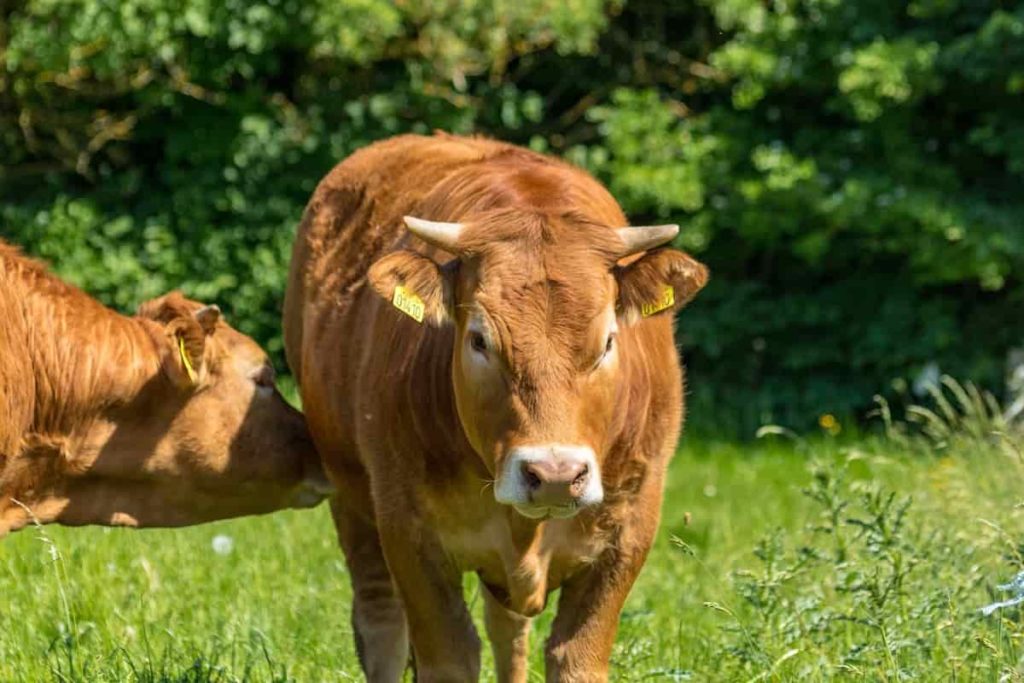
Across the country, the end of milk quotas was often longed for so that productivity could be fully exploited. Faltering right now is a generational change. After the last financial crisis, it means that these institutions are increasingly aware of the risk.
Bioproduction – If the new Danish government takes its way, the area under agriculture will double in the long run. Last year, 10.5% of all agriculture was formally regulated and 10% of all milk produced came from organic farms: one of the highest national ratios in the European Union.
Higher labor costs – Labor costs are also higher. This encourages farmers to reduce the total wage, for example with field operations outsourcing to focus on management and cow care staff. Continuous efforts are also being made to further improve the working procedures. Identify and then exploit any hidden resources for better performance. For this purpose, very modern devices are usually standard. Naturally, increasing the size of the units also helps to increase efficiency. But the bigger the farm, the harder it will be to rent a hand, even though it is expensive.
Dairy farm organization in Denmark
Dairy farmers in Denmark rely primarily on fodder – This is because the weather conditions are not favorable to growing grass all year round and fodder is more nutritious than natural grass. During the winter (between 6 months), dairy animals are kept indoors and fed on fodder. During the remaining months (summer), dairy cows are grazed on natural pastures.
Dairy farming is done by individual farmers on a large scale – Farms are very much like machines used for milking. Each dairy farmer belongs to a dairy cooperative that provides research, processing, and credit facilities.
Danish breeding increases the cattle productivity
Denmark is at the forefront of improving productivity at all stages of the value chain, and when it comes to cattle breeding, the Danish company, Viking Genetics, is a perfect example of efficiency, sustainability, and animal welfare. Viking Genetics specializes in offering breeding solutions that focus on high milk production and animal health. The company’s growth target has had a significant positive impact on the dairy business.
In case you miss this: Reasons For Dairy Farming Failure, and Malpractices
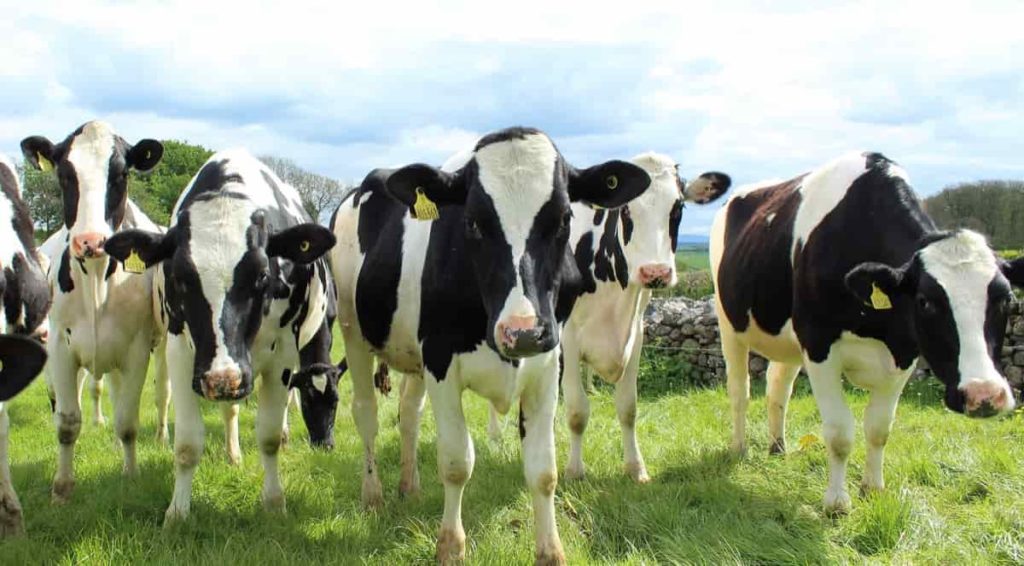
High levels of productivity – The dairy industry, one of the strongholds of the Danish food cluster, also has high productivity. The journey has been extraordinary. Fifty years ago, a Danish cow produced 15 liters a day, and today the production per day and the per cow has more than doubled to 38 liters. There is no doubt that Danish cows are the most productive cow in the world. The world average production per cow is 2,200 liters per year, while the average Danish Holstein cow is 10,300 liters per year.
This successful development is due to the high level of expertise in the best breeding solutions by Danish dairy farmers and companies, such as Viking genetics, where performance and animal welfare play a key role. The use of genetics to achieve more sustainable production also gives a higher sustainable effect, increasing the productivity of cattle breeding. If a farm can increase production volume by keeping the same livestock, it has contributed to production with less environmental impact. And therefore, succeed in creating an efficient production base.
- Economical Aquaculture: A Guide to Low-Budget Fish Farming
- 15 Common Planting Errors That Can Doom Your Fruit Trees
- How to Make Houseplants Bushy: Effective Tips and Ideas
- Innovative Strategies for Boosting Coconut Pollination and Yield
- Pollination Strategies for Maximum Pumpkin Yield
- The Complete Guide to Chicken Fattening: Strategies for Maximum Growth
- Natural Solutions for Tulip Problems: 100% Effective Remedies for Leaf and Bulb-Related Issues
- Revolutionizing Citrus Preservation: Towards a Healthier, Greener Future
- Natural Solutions for Peony Leaf and Flower Problems: 100% Effective Remedies
- Maximizing Profits with Avocado Contract Farming in India: A Comprehensive Guide
- Natural Solutions for Hydrangea Problems: 100% Effective Remedies for Leaf and Flowers
- The Ultimate Guide to Choosing the Perfect Foliage Friend: Bringing Life Indoors
- From Sunlight to Sustainability: 15 Ways to Use Solar Technology in Agriculture
- The Ultimate Guide to Dong Tao Chicken: Exploring from History to Raising
- The Eco-Friendly Makeover: How to Convert Your Unused Swimming Pool into a Fish Pond
- Mastering the Art of Delaware Chicken Farming: Essentials for Healthy Backyard Flocks
- 20 Best Homemade Fertilizers for Money Plant: DIY Recipes and Application Methods
- How to Craft a Comprehensive Free-Range Chicken Farming Business Plan
- Brighten Your Flock: Raising Easter Egger Chickens for Beauty and Bounty
- How to Optimize Your Poultry Egg Farm Business Plan with These Strategies
- Subsidy for Spirulina Cultivation: How Indian Government Schemes Encouraging Spirulina Farmers
- Ultimate Guide to Raising Dominique Chickens: Breeding, Feeding, Egg-Production, and Care
- Mastering the Art of Raising Jersey Giant Chickens: Care, Feeding, and More
- Ultimate Guide to Raising Legbar Chickens: Breeding, Farming Practices, Diet, Egg-Production
- How to Raise Welsummer Chickens: A Comprehensive Guide for Beginners
- How to Protect Indoor Plants in Winter: A Comprehensive Guide
- Ultimate Guide to Grow Bag Gardening: Tips, Tricks, and Planting Ideas for Urban Gardeners
- Guide to Lotus Cultivation: How to Propagate, Plant, Grow, Care, Cost, and Profit
- Agriculture Drone Subsidy Scheme: Government Kisan Subsidy, License, and How to Apply Online
- Ultimate Guide to Raising Araucana Chickens: Breed Profile, Farming Economics, Diet, and Care
- Bringing Hydroponics to Classroom: Importance, Benefits of Learning for School Students
- Ultimate Guide to Raising Polish Chickens: Breed Profile, Farming Economics, Diet, and Care
- Ultimate Guide to Raising Australorp Chickens: Profile, Farming Economics, Egg Production, Diet, and Care
- Silkie Chicken Farming: Raising Practices, Varieties, Egg Production, Diet, and Care
- Sussex Chicken Farming: Raising Practices, Varieties, Egg Production, Diet and Care
- Homemade Feed Formulations for Livestock: Discover Cost-effective Starter to Finisher Feed Recipes